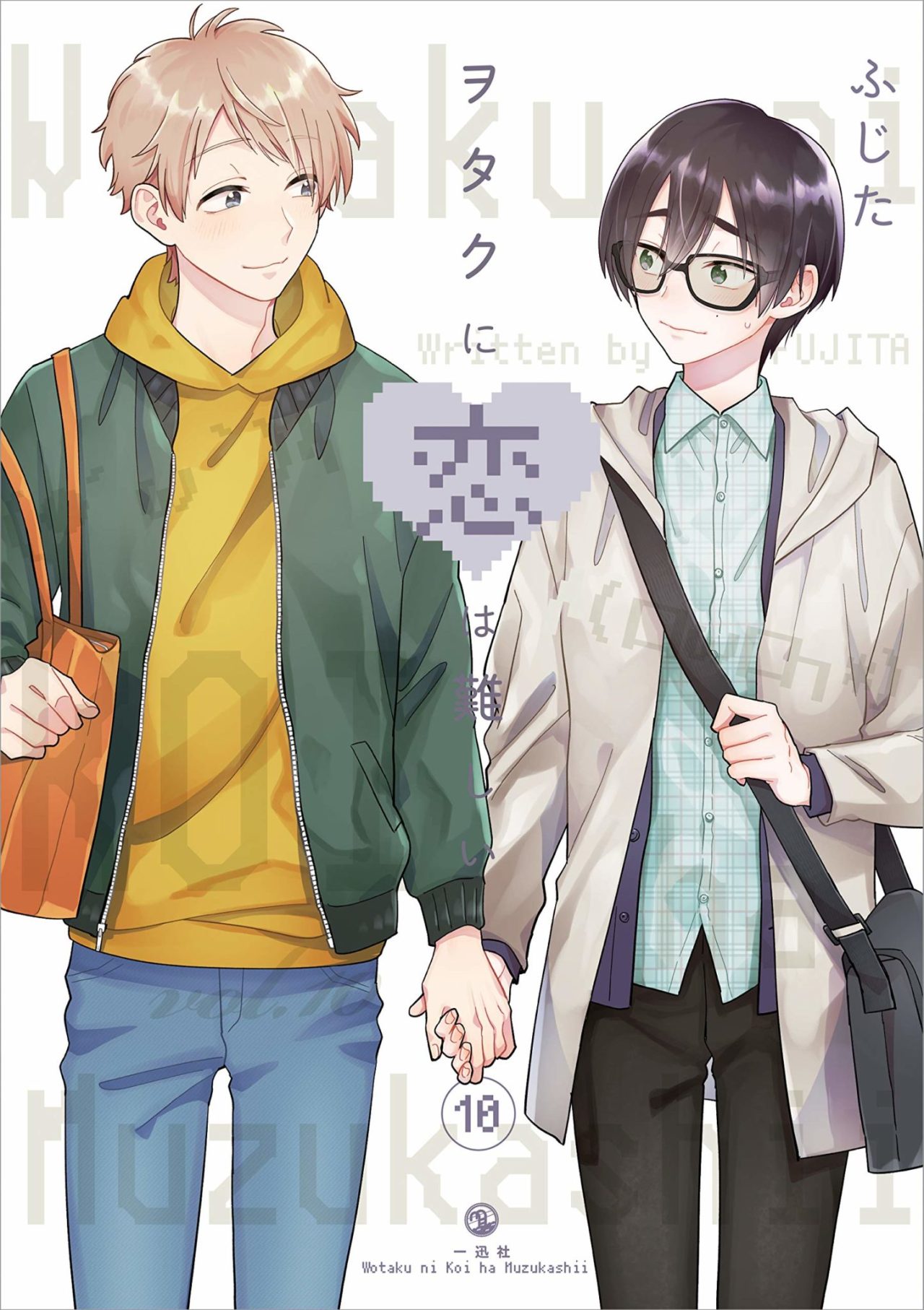

The shift away from male authors changed what was considered cute. She showed up on paper dolls, stickers, and even post cards designed to encourage Japanese troops during World War II (Manami & Johnson, 2013).Īs 1970 came and went, women increasingly illustrated and created manga for girls. Kurumi-chan was also the first character icon. The first shojo was Kurukuru Kurumi-chan. Katsuji Matsumoto, thought to be the founder of shojo, worked during the Showa era (1926-1989). Kawaii and shojo – manga for girls – developed together after Takehisa. The decorative paper was used for origami and other crafts (Ono, 2006 Manami & Johnson, 2013). Chiyogami is a flat woodblock print pattern on paper. Takehisa was the first to use the word kawaii to refer to his chiyogami. During the time, round eyes were considered vulgar. His designs merged Eastern and Western art styles.

Kawaii is said to be born with Takehisa’s work. This did not change until the 1980s (Manami & Johnson, 2013). During this early period, kawaii referred to people of lower social standing. The first shoji and kawaii illustrator was Yumeji Takehisa in 1914. Girl’s illustrations go back to the woodblock prints I mentioned. Kawaii took off with three major developments Woodblock prints known a dijinga – literally “beautiful person picture” – depicted beautiful, cute people. The first traces of cute can be found in the Edo period (1603-1868). However, there is a lot going on behind and beside knowing something/someone is cute. We know if something is cute at a glance. We understand kawaii, cute, unconsciously. As I sketch kawaii’s history and role as an alternative to Japanese culture, I hope this word will clarify. Kawaii also means a person lacks negative traits (Kato, 2002). So what does kawaii mean? Childish, innocent, round, rebellious, loveable, pathetic, western, and acknowledged. Products considered cute, such as Hello Kitty, are the result of Japan’s long focus on asymmetry and simplicity (Kato, 2002). Kawaii has an element of inferiority and seeks to return to an idealized childhood (Kinsella, 1996). Girls prefer to be called cute rather than sexy (Manami & Johnson, 2013). Kawaii as we know today is a result of the interaction between Japan and the United States after World War II. The large, round eyes that are considered cute are an import from the West (Kinsella, 1996). It is based on the adorable physical features of children and baby animals, but it also has a strong Western influence (Manami, 2013). Kawaii is anything that stirs feelings of love, care, and protectiveness. Obviously, kawaii retains much of that meaning. Kawayushi meant shy, pathetic, vulnerable, embarrassed, loveable, and small.

Kawayushi first appeared in dictionaries during the Taisho era (1912-1926). The word kawaii comes from the word kawayushi.

First, we need to look at the word and all the ideas attached to it. Kawaii is more than cute writing, fashion, and kikan fanshii – fancy goods. I will look at the history of kawaii and move toward what makes someone or something kawaii. Kawaii looks to be a simple word, but it hides a host of meanings and implications. What is cute? Actually, the English word “cute” is a poor substitute for kawaii.


 0 kommentar(er)
0 kommentar(er)
